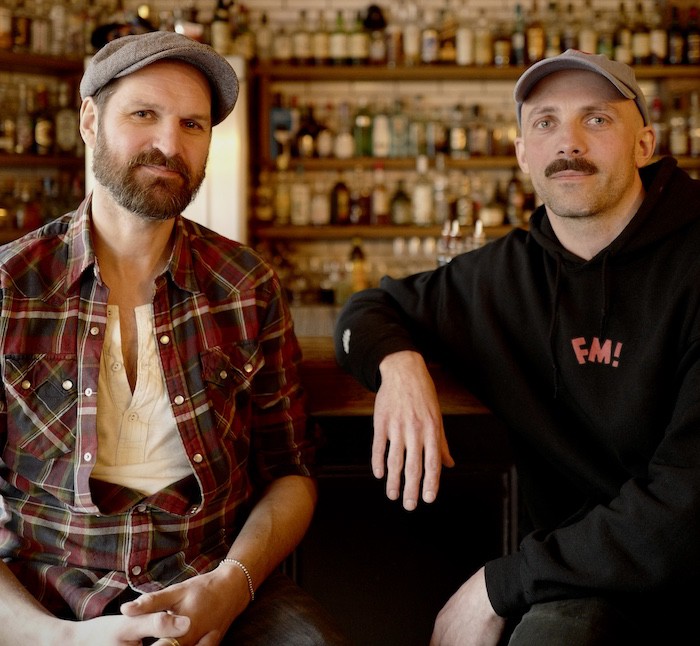
Hamish Smith catches up with Satan’s Whiskers owner Kevin Armstrong, who tells us about his and Daniel Waddy’s book Roundbuilding – a rare attempt to document the bartending method
Tell us about Roundbuilding – what inspired it?
Daniel Waddy, our longest-serving bartender, started to write this in earnest around eight years back, with a desire to cement (in writing) a method of bartending that a good few of us have been practising/teaching for a period that is likely twice as long. Since the Match Bar Group days, I’ve been asked about the processes and ideas that informed the way we made drinks in those bars, and more specifically for the past decade at Satan’s Whiskers.
There is an inherent pragmatism involved in the methods we deploy, and we believe this approach to be beneficial to all bartenders and as such it warranted being documented. Primarily, the book is one that explores our approach in detail but, further, it can function as a training aid to new and seasoned bartenders alike. Having it as a reference should aff ord some clarity on the decisions we make and the details that impact, in a very real way, the drinks that we serve.
How is the book structured?
The book opens to explore one of the more philosophical debates that surround bartending. A good deal of merit and attention is afforded to those who are solely creative or gifted, but little is granted to those professionals who are diligent, swift, technical, proficient, and consistent purveyors of their craft. Yet it is these sometimes-overlooked technical abilities that are the bread and butter of day-to-day bartending. The book explores the concept of what roundbuilding is, why it’s important, and how it might assist you in your work.
It goes on to detail the factors that infl uence the service of a given cocktail, both in terms of presentation and with regards to the impact of ice once it is introduced to the process. We highlight the three broad categories of drink as they apply to roundbuilding before covering the ‘steps’ of service, including an in-depth look at why pouring accurately is so important and why it’s essential to always taste your cocktails. The final sections cover practical examples of roundbuilding and its benefits, as well as addressing the recipes that have been highlighted throughout the book as exemplars.
What do you think bartenders can learn from Roundbuilding?
Ideally it will be a tool that encourages them to think analytically about the processes they deploy, and to see if any changes can be made to improve their processes, with the overall aim of trying to increase the quality of drink that a guest might receive.
By sharing our own learnings, we can perhaps prevent others needing to go through the same processes and in turn speed up their development. Learning from mistakes and changing your processes when you realise there is a quicker, different, or better way of working is an integral part of our ethos, and it drives us forward. Where debatable methods can be shown to have measurable and empirical outcomes, we try to explore those to highlight the pros and cons of such methods, and we would encourage any working bartender to do the same. By championing this way of thinking, if even one bartender can find meaningful gains in the way that they work, it will be a good outcome.


